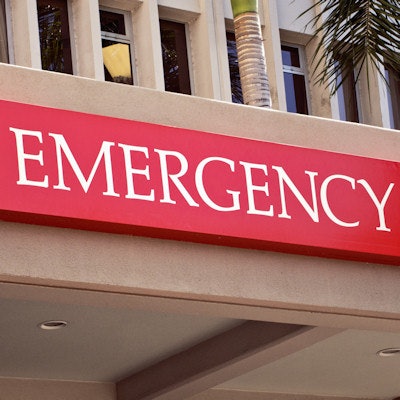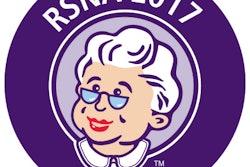
The use of CT and MRI in the emergency department (ED) has grown over the past 20 years, but that growth varies from one disease to another, and it appears to be concentrated on a limited number of conditions, according to a study published online May 5 in the Journal of the American College of Radiology.
The findings offer a more nuanced picture of advanced imaging utilization in the ED and suggest a specific way forward, according to lead author Dr. Andrew Rosenkrantz of NYU Langone Medical Center.
Our study found that "for some conditions, increased imaging with a given modality represented a shift away from another," he told AuntMinnie.com. "Essentially, the findings highlight specific conditions for which imaging utilization is currently the most intense or has grown the most rapidly, and these are the ones that may warrant the focus of our efforts [to curb overuse]."
Utilization variation
Concern about imaging in the ED has been increasing as policymakers attempt to curb healthcare spending. A number of factors have contributed to higher imaging use rates in the emergency department, according to Rosenkrantz and colleagues.
"Widespread ED overcrowding, which affects more than 90% of large hospitals, places greater pressures on ED provider time and may contribute to the overutilization of imaging through inadequate preimaging patient screening," they wrote. "In addition, imaging may in part meet a growing expectation from patients and providers for diagnostic certainty and alleviate provider medicolegal concerns."
Rosenkrantz's team used a novel dataset for their research: information taken from the Agency for Healthcare Research and Quality's (AHRQ) Medical Expenditure Panel Survey, which collects data from patients about medical encounters.
"The structure of this data provides unique insights that would be difficult to obtain from certain federal payor datasets that are often used for imaging-focused utilization studies," Rosenkrantz said.
Using data from 1996 through 2014, the researchers calculated the percentage of visits associated with a variety of imaging modalities per year, further stratified by the primary condition that prompted the encounter.
They found that for most conditions, the use of advanced imaging such as CT and MRI in the emergency room increased dramatically across the study time frame, with the largest growth for urinary calculus (0% in 1996 to 48.5% in 2014) and headache (17.5% in 1996 to 33.3% in 2014). For ultrasound, the most common condition was pregnancy in both 1996 (32.9%) and 2014 (44.5%). For x-ray, the most common conditions were extremity wounds and fractures (with a range of 84.5% to 90.2% in 1996 and a range of 93.4% to 93.9% in 2014), Rosenkrantz and colleagues wrote.
Overall, ED use for ultrasound and x-ray remained relatively stable across most conditions, although radiography for urinary calculus decreased, from 67.4% in 1996 to 24.2% in 2014. The researchers attributed this to a shift to other imaging modalities for this condition.
| Imaging in ED by modality and presenting condition | ||||||
| Presenting condition | CT/MRI | Ultrasound | X-ray | |||
| 1996 | 2014 | 1996 | 2014 | 1996 | 2014 | |
| Calculus of urinary tract | 0% | 48.5% | 9.3% | 17.2% | 67.4% | 24.2% |
| Spondylosis | 1.3% | 23.2% | -- | -- | 54.7% | 44.3% |
| Hypertension | 12.5% | 17.3% | 2.5% | 8.9% | -- | -- |
| Nonspecific chest pain | 0% | 13.1% | 3.2% | 5.1% | 54% | 46.7% |
| Pneumonia | 3.8% | 11.7% | 1.3% | 7.5% | 73.4% | 82.5% |
| Chronic obstructive pulmonary disease | -- | -- | 0% | 5.8% | 54% | 46.7% |
Targeted efforts?
Understanding the specific clinical contexts in which patients report ED imaging encounters may help direct efforts to make imaging use most efficient in this setting, according to Rosenkrantz.
"Our findings can be applied for targeted initiatives involving collaborations between radiologists and emergency physicians to optimize imaging appropriateness in the ED setting," he said.




















